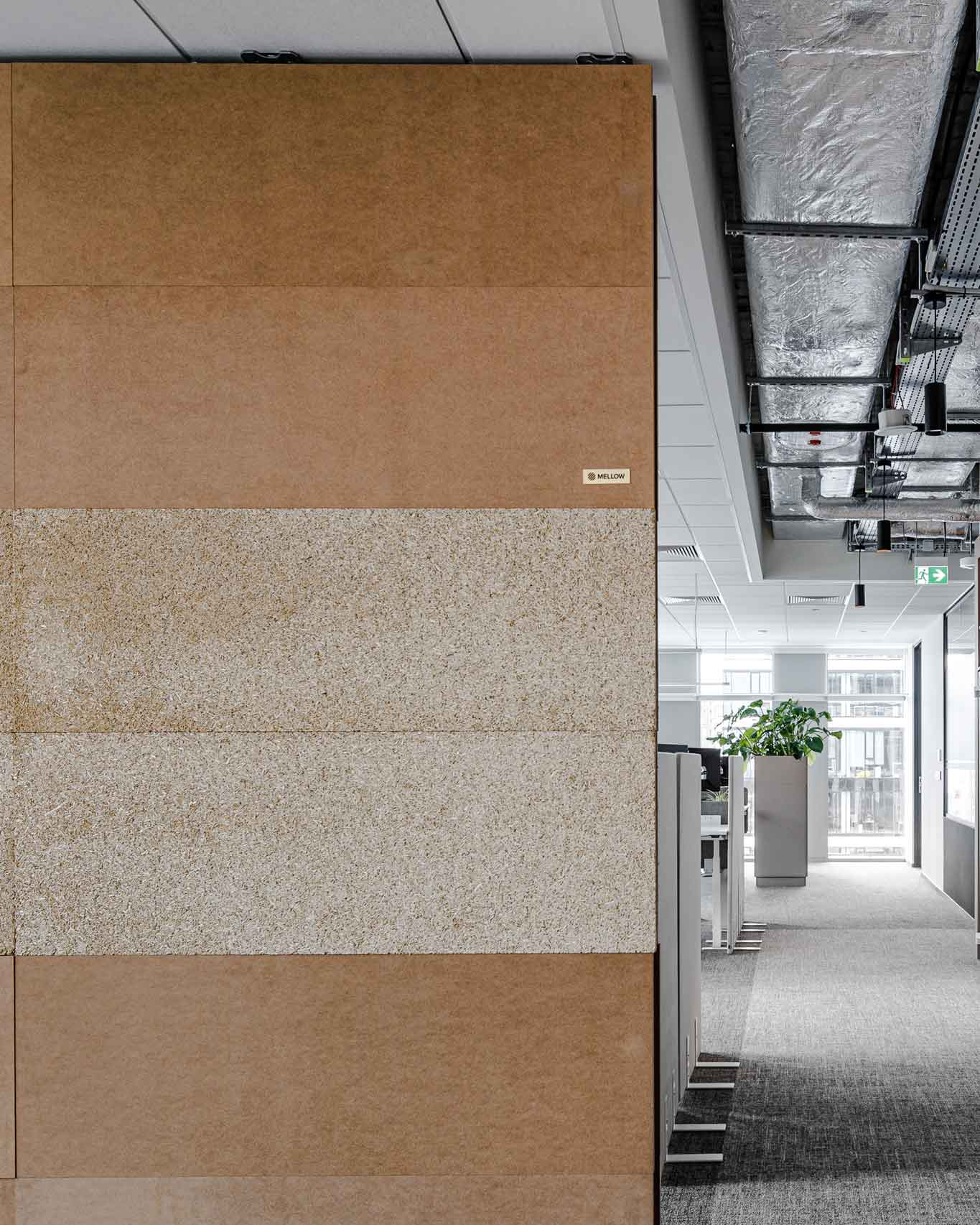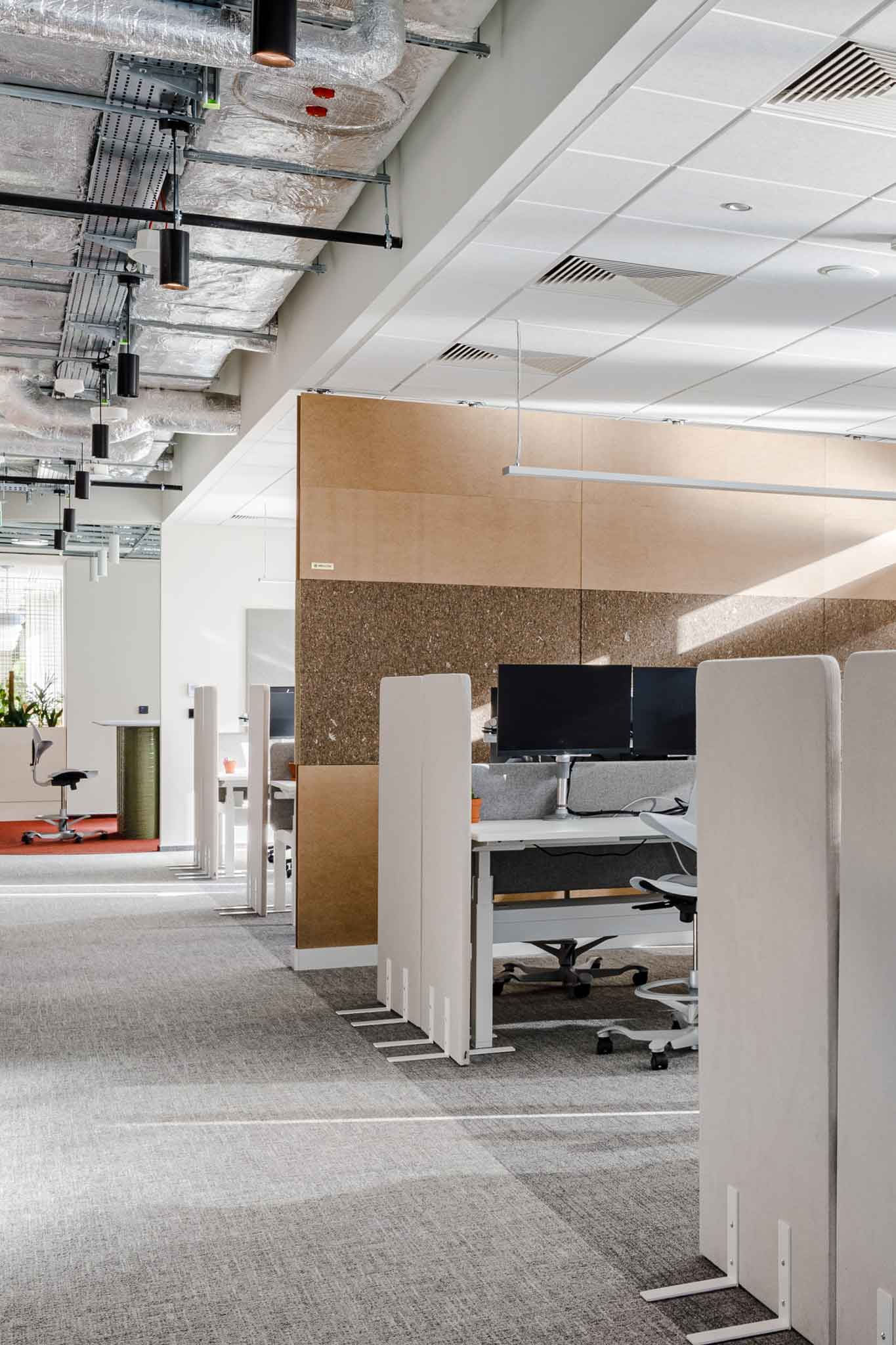
Exploring the Dynamic World of Pop-Up Architecture
Author: Carol Haddad
Introduction to Pop-Up Architecture
In the mesmerizing realm of architectural evolution, one phenomenon shines brightly for its transient yet profound influence: pop-up architecture. This innovative approach to building has a rich history spanning ancient civilizations to modern-day applications, showcasing human adaptability and ingenuity.
Ancient Beginnings
Ancient Origins: The journey traces back to the nomadic lifestyles of ancient civilizations. Nomadic tribes crafted portable structures like yurts in Central Asia, tents among Bedouins, and tipis by Native American tribes. These dwellings were meticulously designed for easy assembly, disassembly, and transport, aligning seamlessly with the nomadic way of life.
The Evolution of Pop-Up Architecture
20th Century Innovations
Innovative Strides: The 20th century witnessed in the realm of temporary structures for events and exhibitions. Lightweight materials such as fabric, steel, and aluminum enabled architects to create groundbreaking designs. Notable examples include the Serpentine Pavilion in London, a collaborative effort by esteemed architects like Zaha Hadid and Rem Koolhaas, showcasing avant-garde architectural concepts in a temporary setting.
Cultural and Artistic Fusion of Pop-Ups
Interplay with Culture: Pop-up architecture became entwined with cultural and artistic movements, serving as a canvas for creative expression and experimentation. The 1960s and 70s saw the emergence of inflatable structures and pneumatic architecture, championed by visionaries like Buckminster Fuller and Frei Otto. Inflatable marvels, such as the US Pavilion at Expo ’70 in Osaka, Japan, challenged conventional notions of permanence and durability in architecture.
Modern Applications
Versatility Unleashed
Contemporary Relevance of pop-up: In the 21st century, the architecture has transcended its initial bounds, venturing into diverse realms beyond events and exhibitions. Pop-up shops, restaurants, mobile workspaces, and disaster relief shelters now harness the flexibility and adaptability of pop-up structures. The advent of digital fabrication technologies like 3D printing and CNC machining has democratized the creation process, empowering designers to craft customized and scalable pop-up solutions.
Conclusion: A Tapestry of Innovation
The narrative of unfolds as a tapestry woven with threads of innovation, creativity, and adaptability. From its ancient roots to its contemporary manifestations, pop-up architecture serves as a source of inspiration for architects, designers, and thinkers, offering boundless possibilities for reimagining the built environment in dynamic and transformative ways.
At mellow we offer a solution which allow for the creation of pop-up architecture. Book a call below and learn more!
References:
- Pallasmaa, Juhani. “The Eyes of the Skin: Architecture and the Senses.” John Wiley & Sons, 2012.
- Sinclair, Cameron. “The Serpentine Pavilion: A Decade of Architecture and Innovation.” Royal Academy of Arts, 2010.
- Oxford, Adam. “Inflatable Architecture: Designing with Air.” Laurence King Publishing, 2015.
- Smith, Sarah. “Pop-Up Design and Paper Mechanics: How to Make Folding Paper Sculpture.” Laurence King Publishing, 2014.

Latest ArtiCles


building better with adaptable partition walls

5 Responses
Your ability to distill complex concepts into digestible nuggets of wisdom is truly remarkable. I always come away from your blog feeling enlightened and inspired. Keep up the phenomenal work!
hello!
thank you so much! we’re so happy you enjoy the content.
Ida, team mellow designs
Thanks for sharing. I read many of your blog posts, cool, your blog is very good.
I have been browsing on-line more than 3 hours these days, yet I never discovered any fascinating article like yours. It¦s lovely price sufficient for me. In my view, if all web owners and bloggers made excellent content material as you probably did, the web will likely be much more helpful than ever before.
hello!
thank you so much for your feedback! we really appreciate it.
Ida, team mellow designs